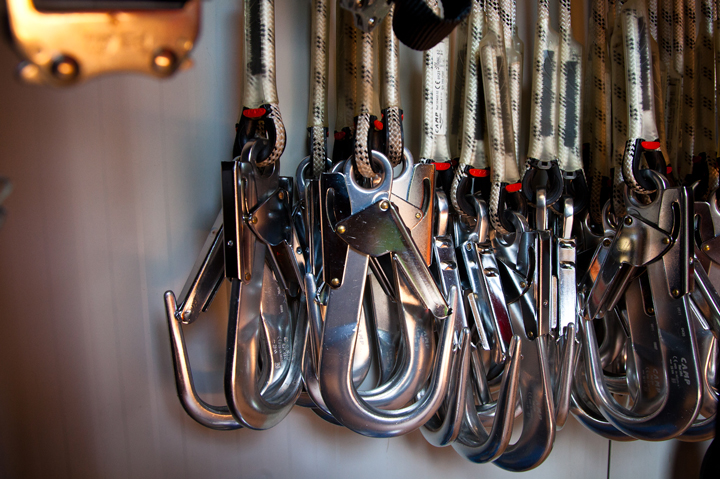- Via delle Azalee, 21 Sant’Alessio con Vialone (PV), Italia
- (+39) 0382-538026
- Mon - Fri 8:00 – 17:30
- Customer Reserved Area

Fill out the form below to inquire about the course. We will be in touch soon
Via delle Azalee, 21
Sant’Alessio con Vialone (PV), Italia
Copyright © 2023. All rights reserved.